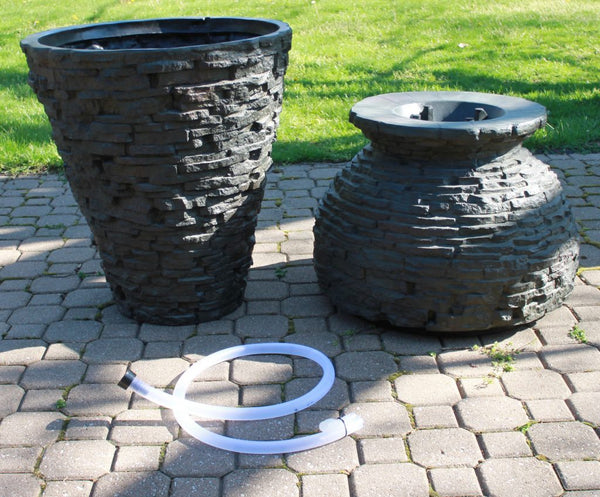Being a pond owner is such a rewarding hobby to so many people, including myself. Your pond, no matter how big or small, is its own ecosystem- meaning that all of the individual elements will work together to make it a self-sustaining entity. Your pond’s nitrogen cycle is an important element in the balancing of this ecosystem. Understanding this process will help make your pond a successful experience for you, as well as, your fish.
The Nitrogen Cycle
At the beginning of a new pond or even an aquarium, you will have this “breaking in” period of the water’s ecosystem. This period, which can take up to 6 weeks or longer to complete, is a natural part of establishing your biological filtration, or bio-filter, for short. The bio-filter naturally converts dangerous ammonia to nitrite, and then converts nitrite to nitrate. This naturally occurring process of utilizing beneficial bacteria is nature’s way of cleaning and maintaining itself.
How it Works
In a pond, fish will release waste into the water. In addition, decaying plant matter and uneaten fish food will break down. All of these activities will create ammonia. This buildup of ammonia is lethal to fish, especially at escalated pH levels. As the ammonia levels increase, beneficial bacteria named Nitrosomonas will begin to consume and convert the ammonia to nitrite(NO2).
Nitrites, just like ammonia, are toxic to fish. The next beneficial bacteria, named nitrobacter, will consume and convert the nitrites to nitrates (NO3). This newly converted nitrate will then be consumed by plants and algae as source of nourishment. Quite self-sustaining, right?
These beneficial bacteria, which need oxygen to thrive, can grow on many surfaces in the pond. And some assistance from the pond owners can help encourage their growth includes: bio-filter media and inoculants in different forms that can be added to the pond to accelerate the growth of these bacteria.
Keep in mind, these bacteria can die during cold winter months and may be reintroduced manually as discussed above. The chlorine, found in tap water, can also kill these bacteria. Being aware of these situations will help the bacteria thrive.


